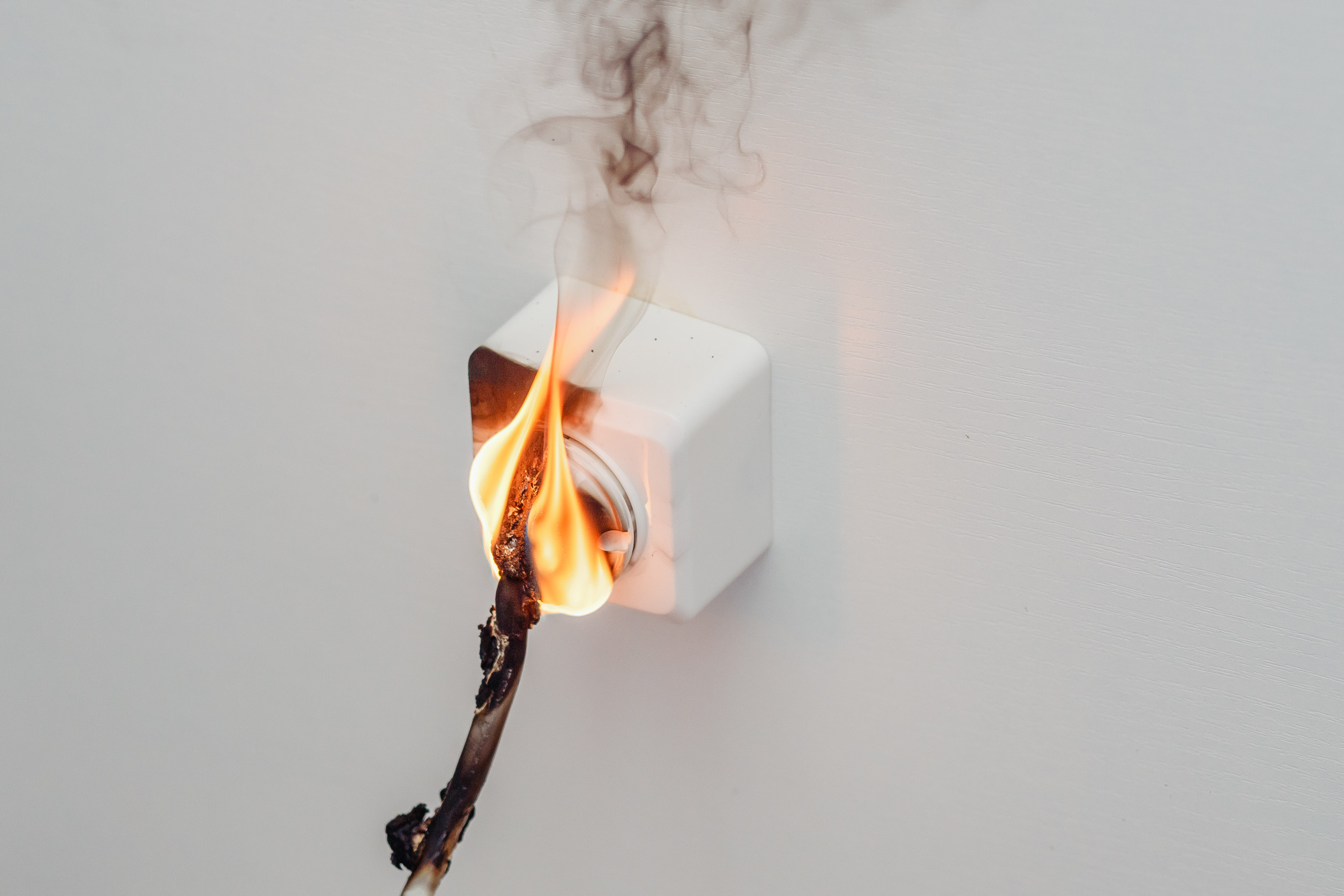Know at least these in case of fire
More about the topic
With these tips, you protect your home against fires and know what to do in an emergency.
In case of fire, the most important thing is to evacuate yourself and anyone else in danger. If it is possible to put out the fire without placing yourself in danger, you can do so with a fire blanket or extinguisher. Otherwise, leave and close all doors behind you. Warn the neighbours and alert the fire department.
These are the instructions on what to do first in case of fire, in a nutshell.
Communications Specialist Juha Hassila from the Finnish National Rescue Association points out the importance of being prepared.
The home should have an adequate number of working smoke alarms. The best locations for smoke alarms are in the bedroom and near the front door.
"If you wake up to the alarm and there is smoke in the apartment, it may be difficult to know which way the exit is. That's why the front door is a good place for the alarm, as following the sound will you help find the way out," says Hassila.
Exit routes should be kept clear of obstructions for the same reason. If smoke prevents visibility, valuable time is not lost tripping over objects.
Each home should have a smoke alarm in at least the bedrooms and near the front door. Equipping the home with at least one 120 cm by 180 cm fire blanket is also an inexpensive life insurance. A hand-held fire extinguisher is an optional addition, but if you already own one, it's advisable to keep it easily on hand and practice its use.
If the home has several stories, the upper floors should have smoke alarms in the bedrooms as well as above the staircase. Each floor of up to 60 m2 of floor area must have at least one working smoke alarm, plus additional alarms for each subsequent 60 m2 of floor area.
Alarms and their batteries should be tested monthly. The housing company installs smoke alarms and replaces batteries, but residents are responsible for reporting if the alarm is not in working order. If the home has a fireplace, a carbon monoxide sensor is also needed. Carbon monoxide sensors must be purchased and installed by the resident.
What to do in the event of fire
"It's a good idea to go over the possible emergency in your mind. Plan the escape routes and discuss with the whole family about what to do in case of fire. Younger children should be instructed to run outside and close doors behind them, while teenagers can be tasked with putting out small fires with a fire blanket.
If the fire starts while making doughnuts in a pot, for example, Hassila instructs to put out the grease fire by using the lid of the pot or a fire blanket. Water is a poor extinguisher in grease fires, as it only causes the flames to shoot up even higher.
"The top of the stove should also be kept clear of any pots and jars that could catch fire. Cleanliness is an important factor in fire safety.
A candle fire should also be put out with a fire blanket, never with water.
"Candle fires can be prevented by placing the candle somewhere without flammable materials close by. Lit candles should also never be left unattended. A clear space of at least five centimetres should also be left between candles to prevent them from overheating and flaring up. Led tealights and candles are a recommended and safe option.
If a fire starts from an electrical device, Hassila advises to unplug the device from the wall and wrapping the fire blanket over the burning device.
"If you hear the neighbour's smoke alarm going off, ring the doorbell and try to smell for possible smoke. If no-one answers the door, call the emergency number 112. They will instruct you on what to do."
